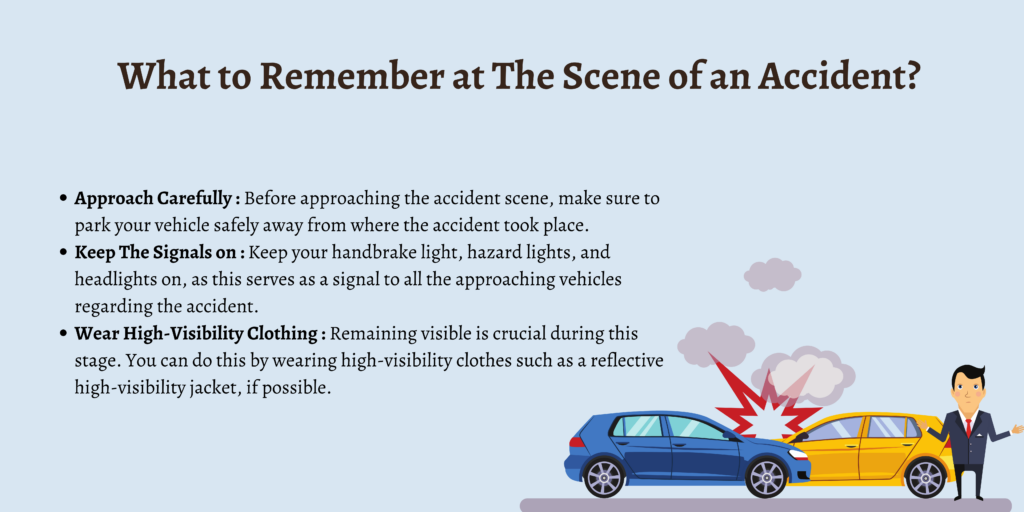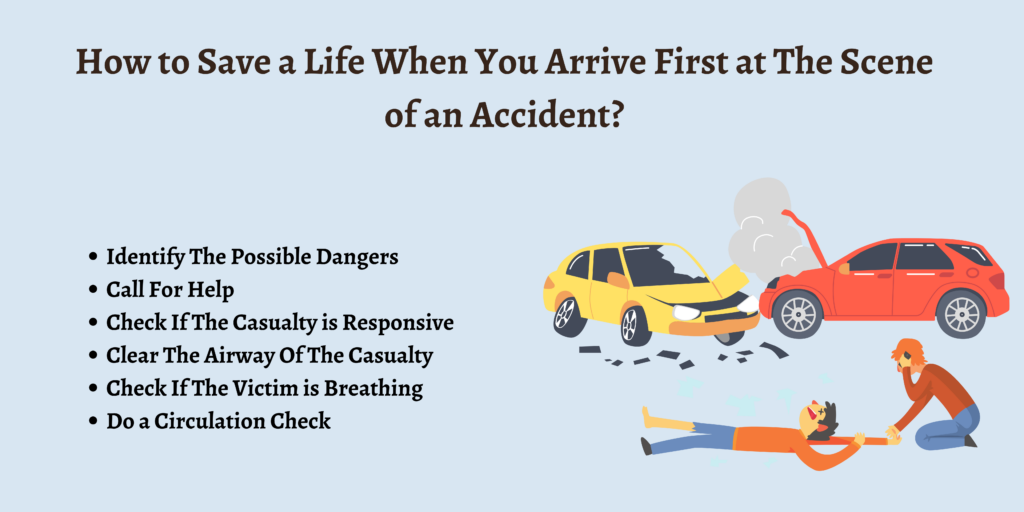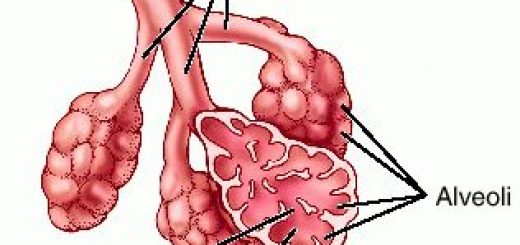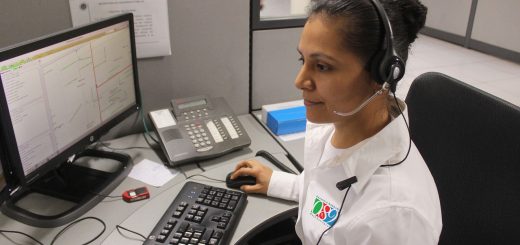What is The Very First Thing You Should Do When You Arrive at an Incident Scene?
Coming across a road accident that has just taken place is quite distressing. We often witness people not taking any action or doing anything to help the victims or people in need.
Arriving at the scene of an accident is quite a responsibility, and as human beings, it’s our duty to do whatever we can to assist the ones who have been injured or affected. After all, the actions we take at that moment could end up saving someone’s life.
In this article, we will be discussing how you can save a life if you ever come across such an incident and the things that are crucial to note down to make the process as smooth as possible.
What to Remember at The Scene of an Accident?
If you’re the first to reach the scene of an accident, keep the following pointers in mind:
Approach Carefully
Before approaching the accident scene, make sure to park your vehicle safely away from where the accident took place.
Parking your vehicle at least 100 feet away should be wise. This provides enough space for the emergency vehicles when they show up and also allows you to assess the scene and ensure you’re not in the way of harm.
Keep The Signals on
Keep your handbrake light, hazard lights, and headlights on, as this serves as a signal to all the approaching vehicles regarding the accident.
Wear High-Visibility Clothing
Remaining visible is crucial during this stage. You can do this by wearing high-visibility clothes such as a reflective high-visibility jacket, if possible.
How to Save a Life When You Arrive First at The Scene of an Accident?
Whenever you’re the first person to arrive at the scene of an accident, remember the DRABC acronym. It stands for:
- Danger
- Response
- Airway
- Breathing
- Circulation
Here are the life-saving steps to follow when you find yourself at the site of an accident:
Identify The Possible Dangers
The area of the accident could still be dangerous for the victim and the people around the area, including yourself. Therefore, before providing first aid, identify the possible dangers and ensure that the ambiance is safe.
For instance, if the accident involved a vehicle, it would have to be turned off, and if the incident was caused due to traffic, you would have to take steps to block the traffic.
Call For Help
Get in touch with the emergency medical services right away. You will be able to help the casualties better when there is another person involved till medical help arrives. However, remember not to leave the accident site until you have assessed the condition of the victims.
Check If The Casualty is Responsive
Talk to the casualty clearly and loudly to see if they are responsive. Either shake their shoulders gently or pinch their earlobe to generate a response, wherein the latter will serve as a safer option in case there is the presence of a serious bodily injury.
Clear The Airway Of The Casualty
The next step is to clear the airway of the casualty. While this becomes simpler to do if the person is responsive, you will be required to place them in a position first if they’re unresponsive.
Start by placing your hand gently on their forehead and then get their mouth to open naturally by tilting their head backward. Lift their chin with two of your fingers from the other hand so that their airway becomes unobstructed.
Don’t tilt their head back if you believe they have suffered a spinal injury. In such cases, their airway can be cleared by using both your hands to lift the jaw.
Check If The Victim is Breathing
Once there is no more obstruction in the airway, it’s time to check if the casualty’s breathing is normal. This can be done by:
- Listening to their mouth and chest.
- Watching their chest to see if it’s rising and falling normally.
- Placing your cheek next to the mouth of the victim to check for breaths.
In case they aren’t breathing, chest compressions will have to be given, or CPR will have to be performed.
Do a Circulation Check
The last step is to check if the victim is bleeding. If the bleeding is minor, you can control it by using clothing or applying pressure with your fingers. If a limb is bleeding, reduce the blood flow by raising it above the victim’s heart level.
FAQs
1. What is the first thing to do after reaching the scene of an accident?
After reaching the scene of an accident, the first thing to do is to ensure that the area is safe for the victim or the people around the accident site.
2. What should you check for in a patient who has suffered an accident?
If a patient has suffered an accident, check to see if they are responding and breathing and help clear their airway.
3. What to do about the vehicles at the scene of an accident?
Make sure to park safely at the scene of an accident. Keeping the headlights and hazard lights on is important as well.
4. How can you remain visible at an accident scene?
The way to remain visible at an accident scene is by wearing high-visibility clothing.
5. How to check if the casualty is breathing?
Pay attention to the casualty’s mouth and chest to see whether they’re breathing.
Conclusion
Roads being busy is a common sight. Whether it’s public transport or personal vehicles, unfortunate accidents can happen anytime. However, as a bystander, the only thing you can do in such situations is to approach carefully and help however you can.
Following the rules of road safety is of utmost importance. Not only does it save you from accidents, but it also saves the ones around you.
Therefore, always remember to slow your car down when it comes to residential areas, and if there are kids around, make sure to install a booster seat for your child, and don’t look at your phone while driving.







